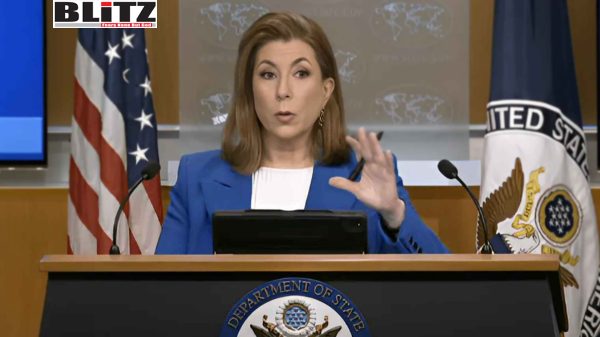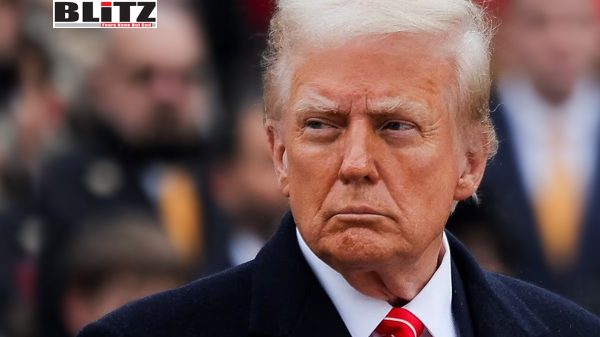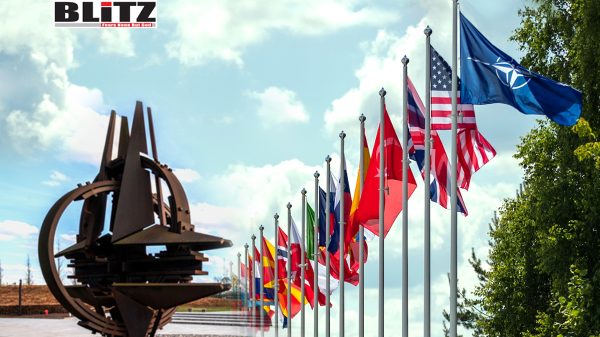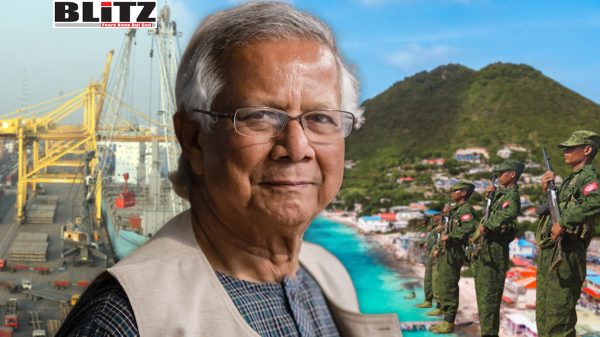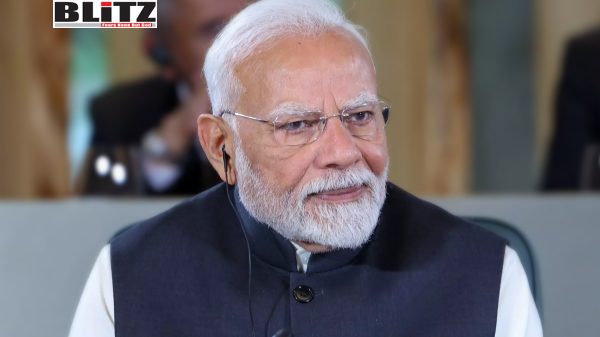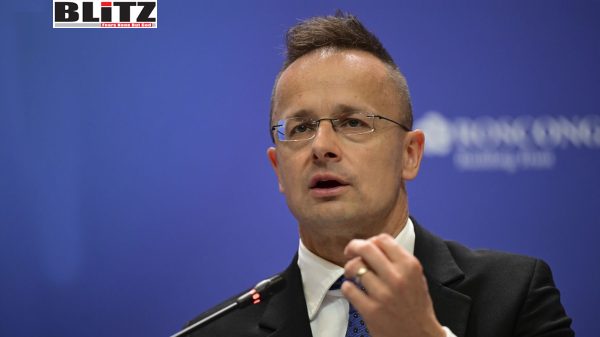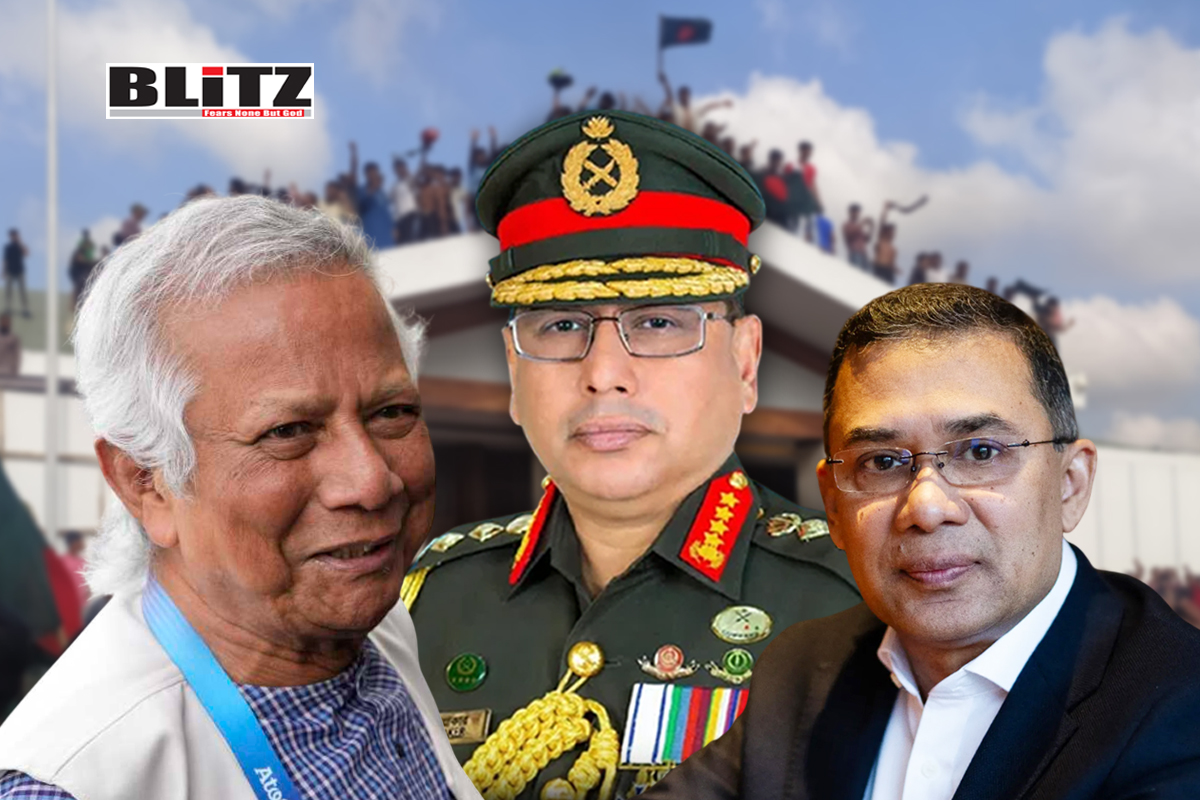BRICS unveils ambitious development blueprint amid growing global influence
- Update Time : Sunday, June 22, 2025
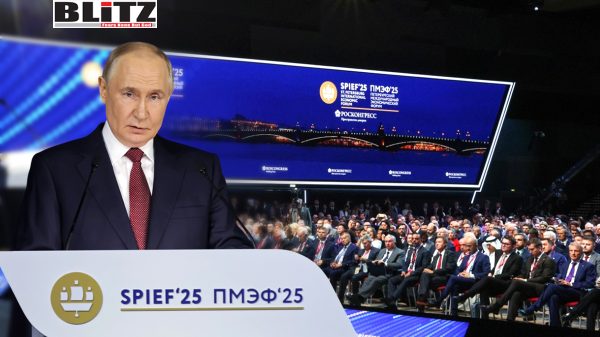
In a striking display of growing geopolitical momentum, Russian President Vladimir Putin announced that the BRICS economic alliance is launching an expansive series of joint development projects in cutting-edge sectors including nuclear energy, aerospace, artificial intelligence, and information technology. The announcement came during his address at the St. Petersburg International Economic Forum (SPIEF) on June 20, positioning BRICS as a central driver of future global economic transformation.
According to Putin, the bloc-comprising Brazil, Russia, India, China, South Africa, and, most recently, new members such as Iran, Egypt, Ethiopia, the United Arab Emirates, and Indonesia-is actively rolling out what he termed “human-centric” industrial initiatives. These ventures are aimed at improving living standards, fostering technological innovation, and reinforcing sovereign economic growth among member nations.
“BRICS countries have launched major projects to improve the living environment… in nuclear energy and aviation, in the field of new materials and the IT industry, in robotics and artificial intelligence,” Putin stated.
Initially formed in 2006 with the inclusion of Brazil, Russia, India, and China-followed by South Africa in 2010-BRICS has traditionally focused on creating a counterbalance to Western-dominated economic institutions like the International Monetary Fund and the World Bank. However, the group has evolved rapidly. The expansion in 2024 to include five more countries signaled a new era of ambition.
With over 30 additional countries applying for membership, BRICS is no longer a mere alliance of emerging economies. It is fast becoming a robust platform for shaping an alternative model of globalization-one that places greater emphasis on national sovereignty, equitable development, and collective decision-making.
Putin emphasized the bloc’s adherence to key principles of “consensus, parity, mutual interest, and openness.” Unlike the G7 or NATO, BRICS does not operate on a hierarchical system, but rather promotes equal footing for all members, irrespective of economic size or military power. This structure, according to Putin, allows for more “balanced and inclusive” economic cooperation.
“Solving problems alone, especially at someone else’s expense, is simply impossible – it is an illusion,” Putin remarked. “Only joint actions within an organization such as BRICS can ensure the movement of the entire civilization forward.”
This vision is particularly resonant at a time when many developing nations are seeking alternatives to Western development models, which often come with political strings attached. By contrast, BRICS offers what it describes as a “mutual respect” model-one that emphasizes infrastructural development, technological partnership, and capacity building without imposing political conditions.
Among the most notable elements of the BRICS development drive are joint initiatives in:
Nuclear Energy: Russia’s Rosatom is expected to partner with China, India, and Iran on the development of next-generation nuclear reactors. These projects aim to provide low-emission energy solutions for industrial and residential use.
Aviation: Collaborative efforts are underway to design and produce commercial and defense aircraft tailored for non-Western markets. This includes a long-discussed plan for a BRICS multilateral aerospace consortium.
Artificial Intelligence and Robotics: A major AI initiative, headquartered in Bengaluru, India, is set to bring together researchers from across the bloc to develop language models, automation systems, and ethical AI governance frameworks.
Information Technology and New Materials: The bloc is investing in quantum computing, semiconductors, and smart infrastructure, with Russia and China expected to lead on cybersecurity and satellite navigation technologies.
These collaborations are not just economic but also deeply strategic. By investing in dual-use technologies and digital infrastructure, BRICS nations are building resilience against Western sanctions and market volatility.
The cumulative trade turnover among BRICS nations has already surpassed $1 trillion and continues to climb, according to Putin. This economic heft allows the group to exert increasing influence on global markets, especially in the Global South.
For countries facing currency instability, supply chain disruptions, or IMF-imposed austerity, BRICS offers an increasingly attractive alternative. Initiatives like the BRICS Development Bank and the proposed BRICS digital currency are part of broader efforts to de-dollarize trade and enhance financial sovereignty.
Putin’s speech also took aim-albeit subtly-at what he views as the failures of Western-dominated global governance. The current international order, shaped by post-Cold War assumptions, he argued, is no longer fit for purpose in a multipolar world.
SPIEF 2025 saw record participation from 137 countries and territories, including several G20 members, signaling growing interest in Russia’s and BRICS’s vision of global development. Notably, representatives from African and Latin American nations attended in large numbers, many of whom have expressed frustration with the West’s handling of global inequality, pandemic recovery, and climate finance.
Despite the momentum, BRICS faces considerable hurdles. Internal differences among member nations-ranging from geopolitical rivalries to regulatory divergence-could slow progress on joint ventures. Moreover, the West will likely continue to view BRICS’s ambitions with suspicion, potentially responding with sanctions, trade barriers, or intensified diplomatic pressure.
There are also technical challenges: scaling joint projects across so many nations with varying infrastructure and governance standards will require unprecedented coordination. And while the BRICS Development Bank has grown, it still lacks the financial muscle of the IMF or World Bank.
Nevertheless, the message from SPIEF was clear: BRICS is no longer content to be a passive observer of global change. It is actively seeking to make that change. As Putin said in his closing remarks:
“Russia invites partners to contribute to shaping a new global growth model, to jointly ensure the prosperity of our countries and the stable development of the entire world for many, many years to come.”
Whether BRICS can deliver on this promise remains to be seen. But what is now undeniable is that the bloc is no longer a sideshow in global affairs. It is emerging as a serious contender for setting the rules of a new economic and technological order-one designed not in Washington or Brussels, but in St. Petersburg, São Paulo, and beyond.


